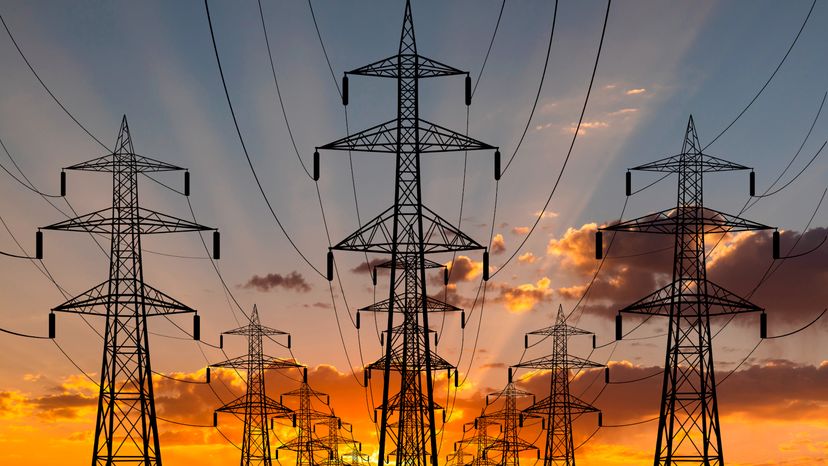
California's power woes are worsening as power demands in the high-tech state continue to outpace supplies. Even with the help from out-of-state sources, millions are facing the possiblity of power outages. In the first few months of 2001, residents of California have already suffered through a series of stage 3 alerts, which almost always precede rolling blackouts across various areas of the state.
The scene on the streets and in buildings in California is becoming a very familiar scene on the nightly news. The lack of power paralyzes normal activity, with dead traffic lights creating traffic jumbles, and schools and businesses grinding to a halt. This crisis has been gripping the state for months, but has been building for years.
Advertisement
With the hottest months of the year ahead, the power crisis in California is far from over, the state expects rolling blackouts to continue until utilities can increase the power supply or buy more power from outside sources. In this edition of HowStuffWorks, we will take a look at one of the worst energy crises in American history, what caused it and how it might spill over into other states and spread across the country.